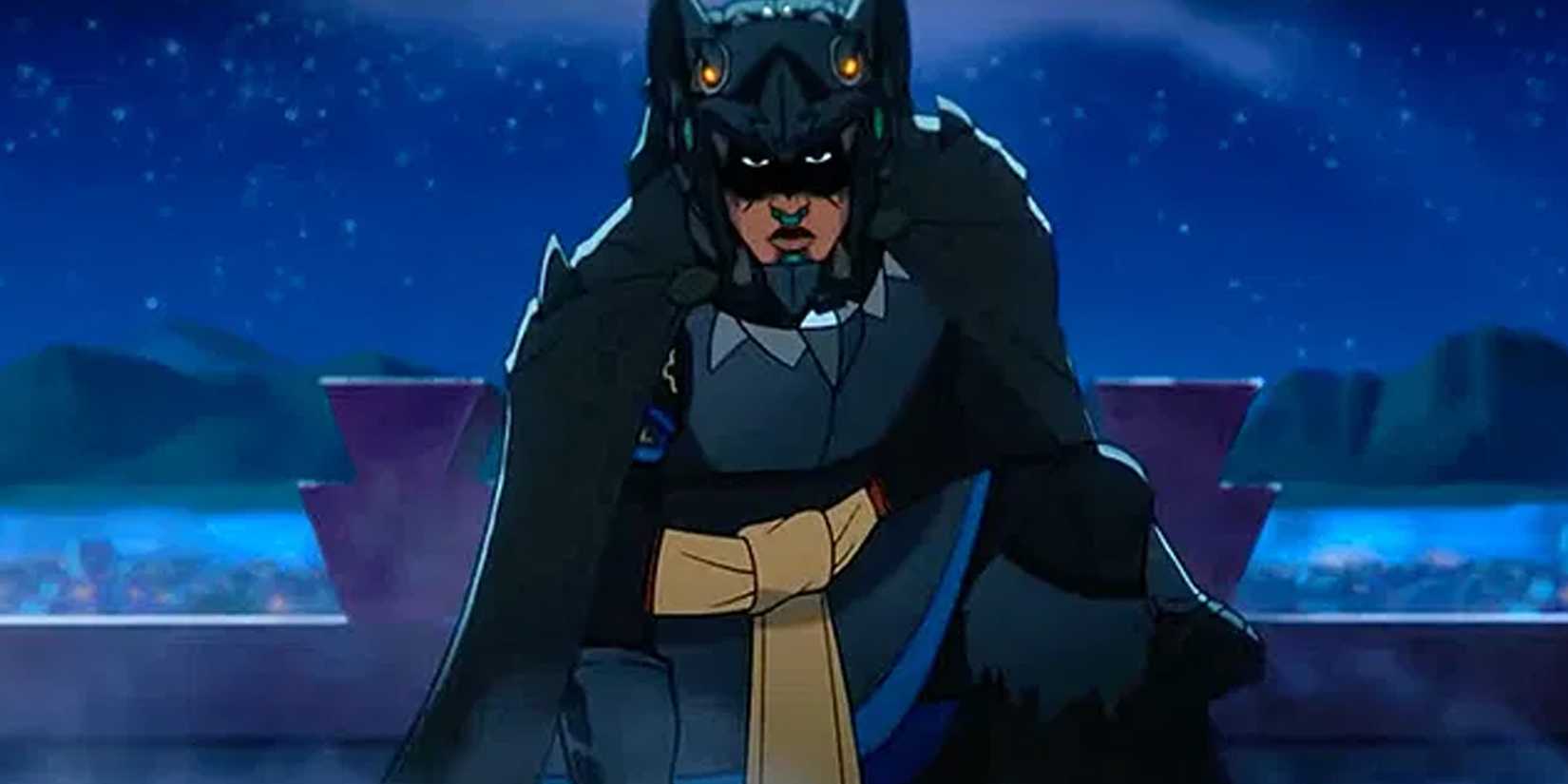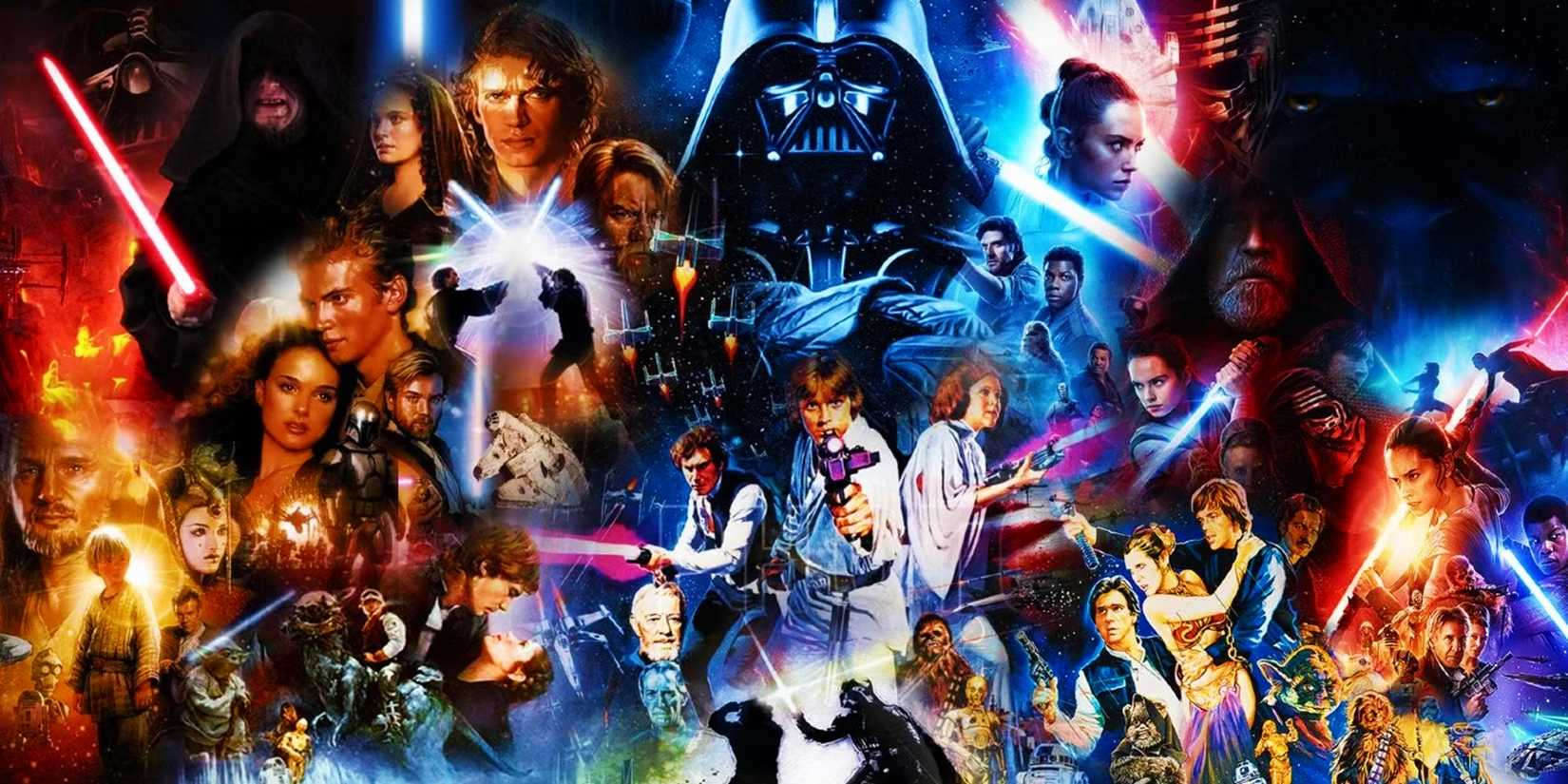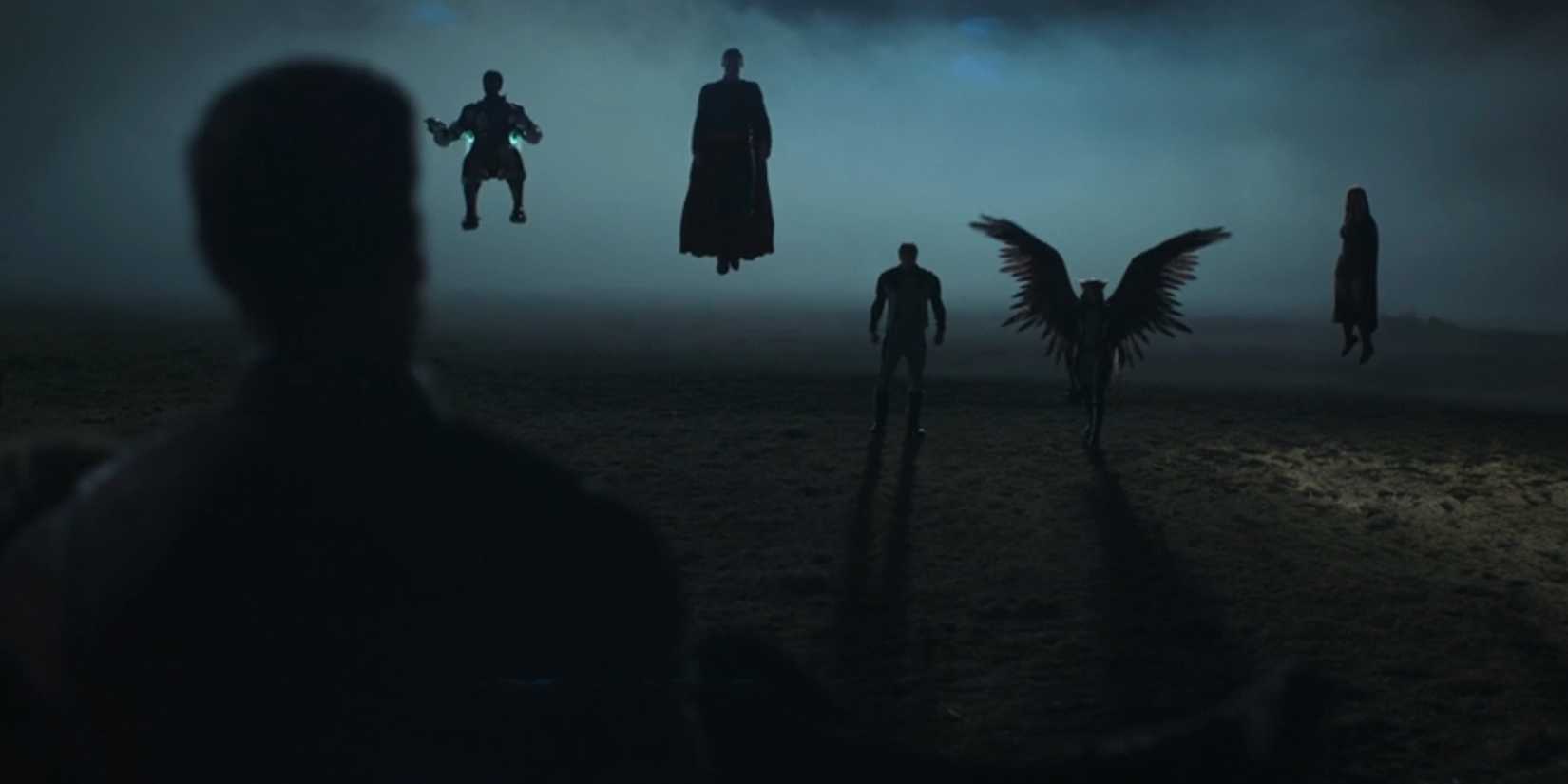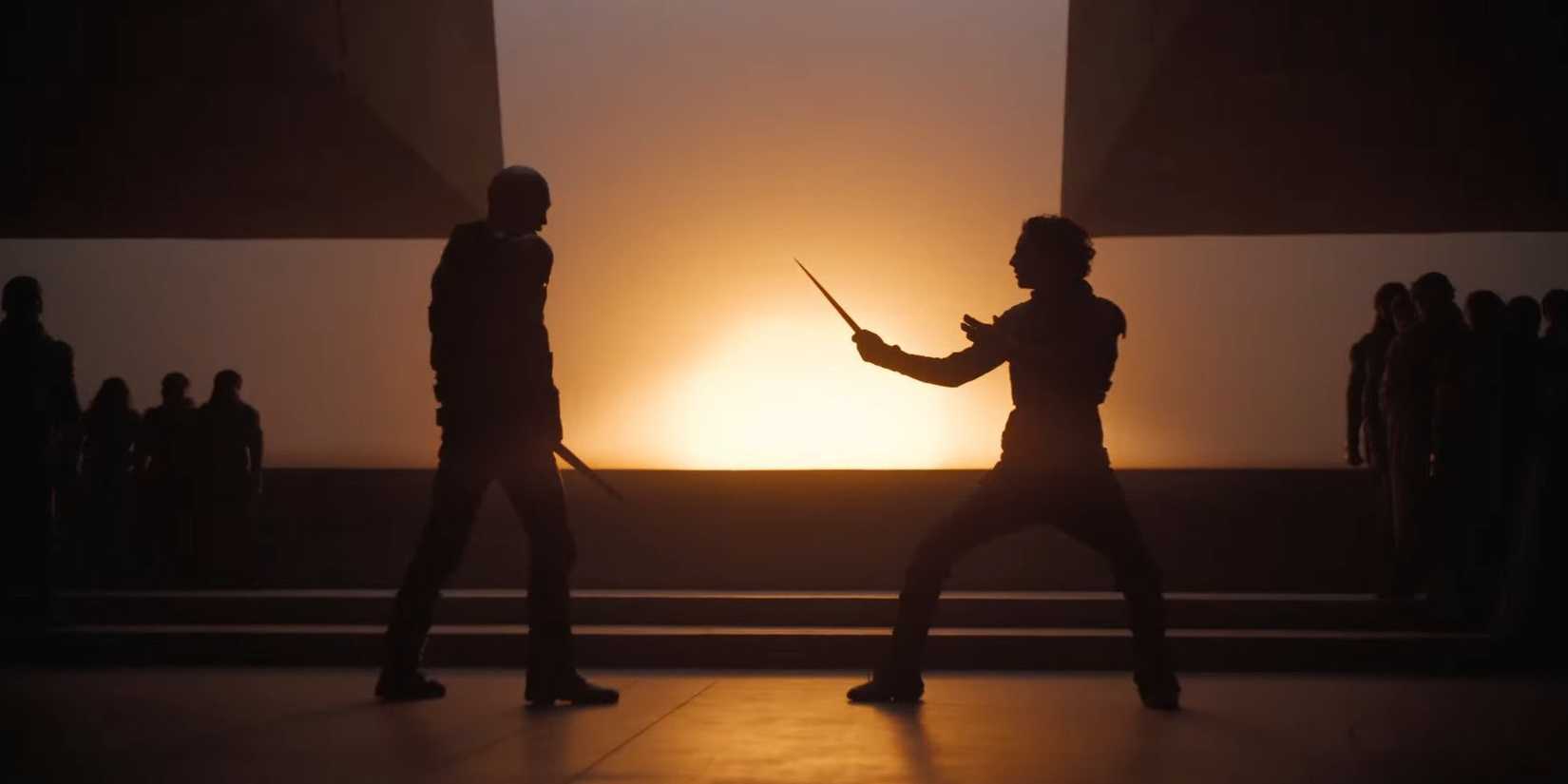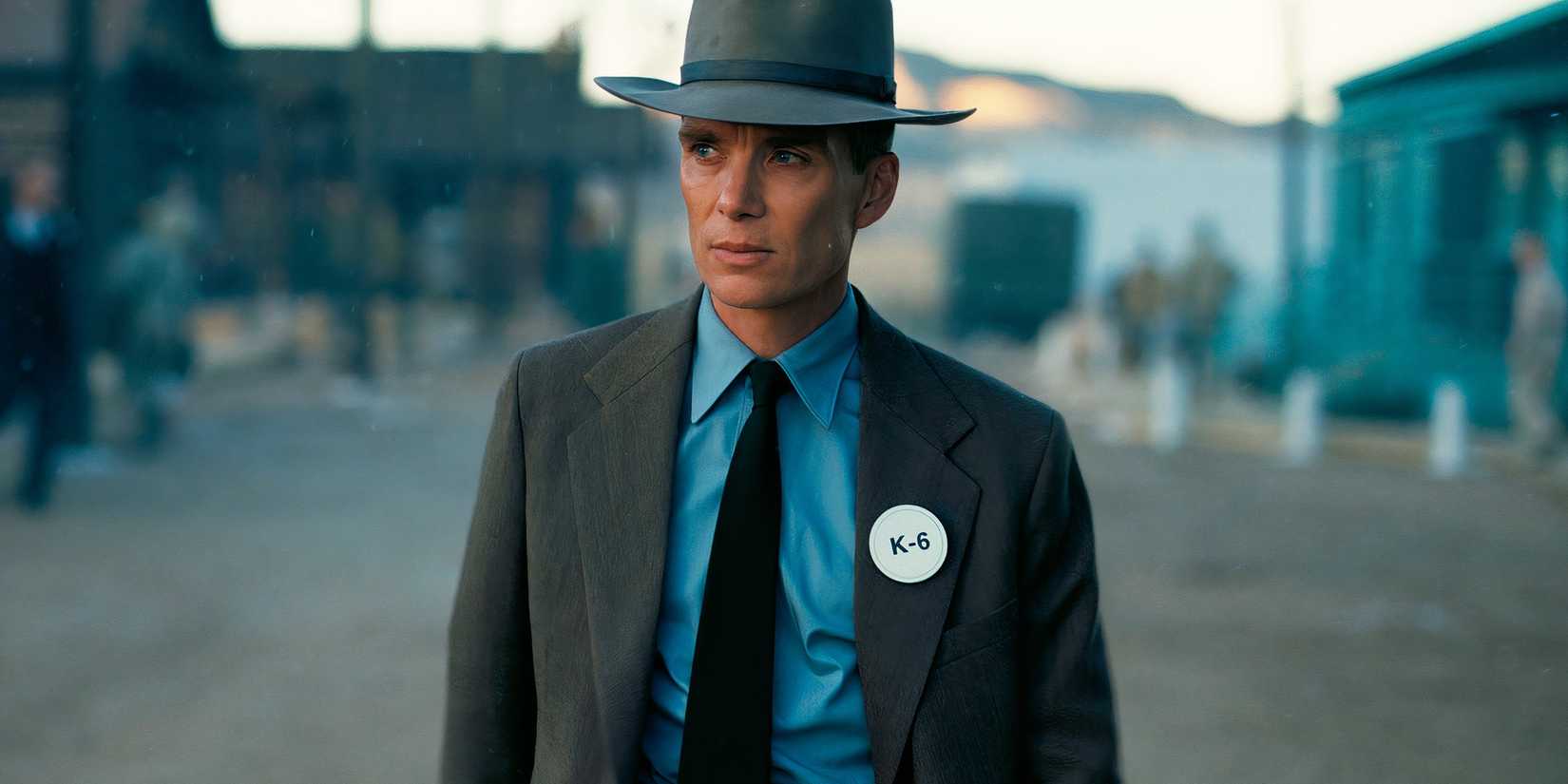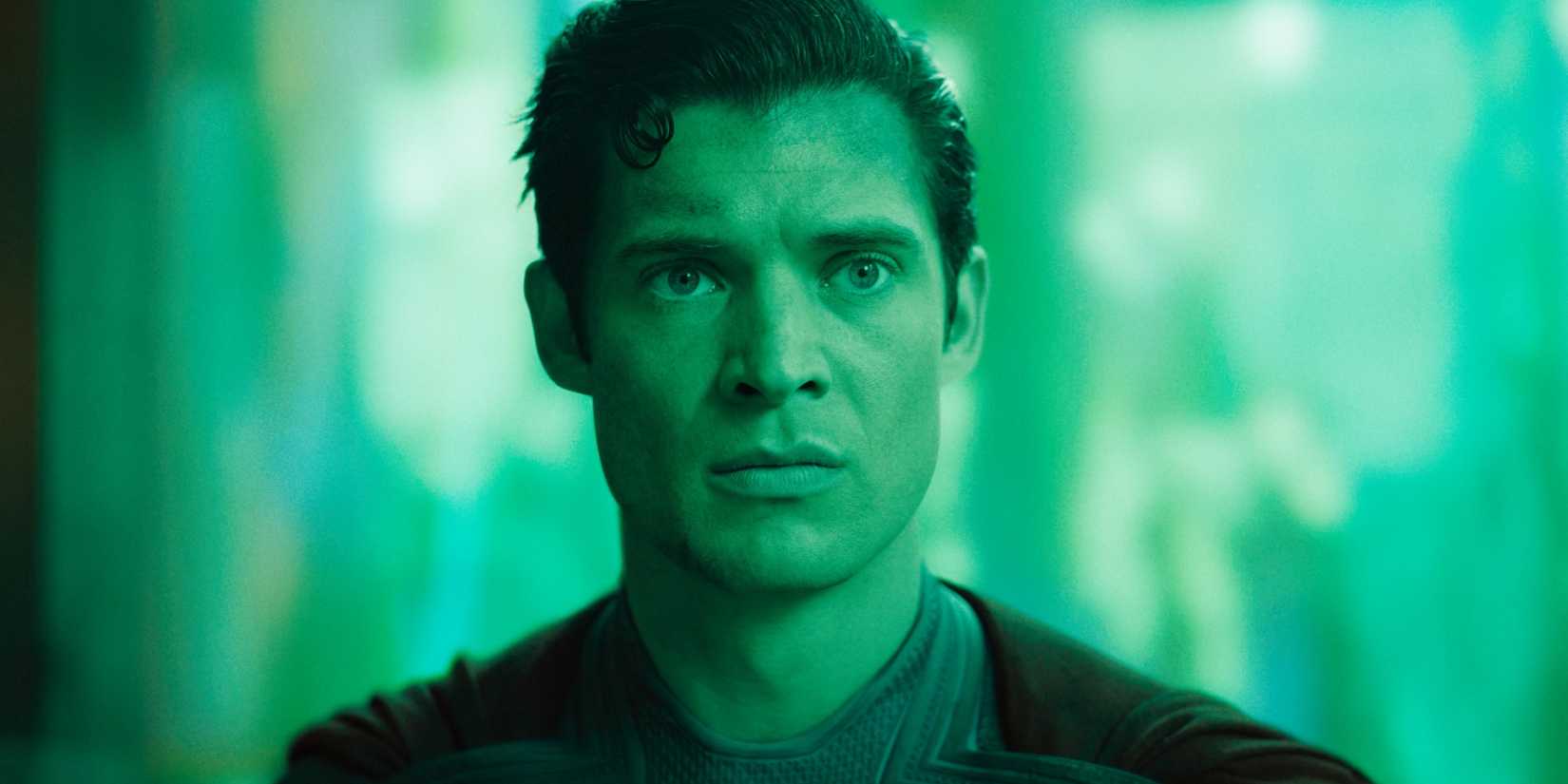The superhero genre has exploded over the last two decades, but some films were breaking ground long before Marvel or DC established their cinematic universes. These trailblazing projects didn’t always get the recognition they deserved upon release, yet their influence is undeniable. Some were dismissed for being too dark or weird, while others laid the foundation for essential superhero tropes.
From animated gems to bold R-rated experiments, these movies challenged the limits of what audiences thought a superhero story could be. Looking back now, it’s clear they were ahead of their time. They paved the way for the MCU timeline and the DCU reboot while still holding up as must-watch films on their own.
Unbreakable (2000)
Years before studios embraced superheroes as serious drama, M. Night Shyamalan’s Unbreakable gave the genre a slow-burn, realistic treatment that audiences weren’t prepared for in 2000. Instead of colorful costumes or explosive battles, the film centers on Bruce Willis’ David Dunn slowly discovering his abilities. It’s framed almost like a character study.
Samuel L. Jackson’s Elijah Price is a tragic and chilling antagonist. He embodies the darker side of comic book archetypes and obsessive fandom simultaneously. What made Unbreakable groundbreaking is how it experimented with the superhero genre as a grounded psychological thriller.
Its moody tone, deliberate pacing, and exploration of destiny set it apart from the flashier fare of the time. Though underappreciated upon release, Unbreakable has since been re-evaluated. It’s one of the most intelligent, ahead-of-its-time superhero stories ever made, and a must-watch for genre fans.
Darkman (1990)
Before Spider-Man or the rise of the MCU, Sam Raimi experimented with the superhero genre through Darkman. With it, Raimi offered a horror-infused take on pulp vigilantes. Liam Neeson stars as Peyton Westlake, a scientist left disfigured who becomes an unstable anti-hero with a flair for theatrical violence.
Raimi fused horror sensibilities, comic book stylization, and tragic melodrama. This created something that felt utterly unique in 1990. Years later, he would perfect this balance in Spider-Man, but Darkman stands as an early glimpse of his genius for genre fusion.
Darkman plays like a Frankenstein tale mixed with superhero spectacle, long before that blend became common. Though it wasn’t a major hit, its inventive visuals, manic energy, and emotionally charged hero make it a cult classic. It’s a fascinating precursor to the blockbuster superhero era.
Batman: Mask Of The Phantasm (1993)
When Batman: Mask of the Phantasm hit theaters, many dismissed it as “just an animated movie.” However, audiences and critics quickly realized it was something far greater. Spinning off from Batman: The Animated Series, the film elevated the Dark Knight’s story to high drama.
It explores Bruce Wayne’s sacrifices, regrets, and inability to escape his tragic destiny. For the first time on screen, Batman was portrayed not just as a hero but as a deeply tragic figure trapped between love and duty.
The introduction of the Phantasm added a haunting new adversary, while the flashbacks to Bruce’s lost romance gave the movie emotional weight unseen in previous adaptations. Its noir-inspired visuals and Shirley Walker’s score only deepen the atmosphere. Today, it stands as one of the best Batman films ever, years ahead of how later adaptations approached the character.
Blade (1998)
Long before Marvel Studios reshaped cinema, Blade showed how stylish, violent, and wildly entertaining superhero movies could be. Wesley Snipes’ performance as the half-vampire hunter gave the genre one of its most effortlessly cool heroes, complete with iconic action sequences that still hold up today. Blade also helped invent tropes that later became staples.
Blade established the idea of the tortured anti-hero, flashy martial arts set pieces, and mixing supernatural lore with comic book storytelling. It also framed the infamous superhero landing. The incredible opening scene depicting the blood-soaked club fight set a new bar for superhero action, while the film’s slick aesthetic separated it from campier ’90s comic adaptations.
Without Blade, the superhero boom of the 2000s might never have happened. It proved Marvel could deliver edgy, crowd-pleasing blockbusters. Years later, it’s still surprising how much this movie accomplished and was so effective that every chance of a reboot has proven futile.
Mystery Men (1999)
Years before the genre became self-aware, Mystery Men poked fun at superhero clichés with sharp wit and a quirky ensemble cast. The film followed a group of second-rate heroes – including Ben Stiller’s Mr. Furious and William H. Macy’s Shoveler. The group band together to save their city when more famous heroes are incapacitated.
While audiences at the time weren’t ready for a meta-parody of superhero tropes, Mystery Men now feels prophetic. It lampooned everything from outlandish costumes to questionable superpowers. It did this all while delivering heartfelt moments about unlikely underdogs rising to the occasion.
Its humor and satire anticipated the self-referential style later perfected by ᴅᴇᴀᴅpool and The Boys. Though it struggled at the box office, Mystery Men has since become a cult classic. It is remembered as a film that understood superhero absurdity long before the genre dominated Hollywood.
X-Men (2000)
When X-Men hit theaters, audiences weren’t sure if a serious superhero ensemble could work. The film not only pulled it off but redefined what comic book adaptations could look like. Bryan Singer’s movie stripped away campy costumes in favor of sleek black suits, giving mutants a more grounded and modern aesthetic that matched the tone of the early 2000s.
More importantly, it balanced a large ensemble cast. It juggled Wolverine’s intensity, Xavier’s ideals, and Magneto’s righteous fury with surprising nuance. This was years before The Avengers made team-ups mainstream.
Yet X-Men managed to create a believable group dynamic without losing sight of the characters’ individual struggles. The movie also tackled themes of prejudice and belonging with a seriousness that resonated. Today, it feels like the starting point for the modern superhero boom – and it still holds up.
The Incredibles (2004)
Before the MCU embraced the superhero family dynamic, Pixar perfected it with The Incredibles. Brad Bird’s animated masterpiece managed to combine thrilling action with a heartfelt exploration of domestic life. Each family member had distinct powers that cleverly reflected their personalities.
Mr. Incredible’s brute strength, Elastigirl’s flexibility, Dash’s restless energy, and Violet’s shyness – each made the superhero element an extension of the family drama. At a time when most superhero films focused on lone vigilantes, The Incredibles. Further, it proved a team could be relatable and deeply human while still delivering blockbuster excitement.
Its mix of humor, high stakes, and emotional resonance was ahead of its time, setting the stage for later superhero ensembles. Nearly two decades later, it remains one of the smartest and most entertaining explorations of the genre, animated or otherwise.
Watchmen (2009)
Zack Snyder’s Watchmen divided audiences when it debuted in 2009. Looking back, it feels like a movie made for today’s superhero landscape. Dark, cynical, and unflinching, it adapted Alan Moore’s deconstruction of the genre with striking faithfulness.
While audiences at the time were more accustomed to straightforward heroics, Watchmen asked uncomfortable questions about morality, power, and the dangers of unchecked authority. Its bleak tone and uncompromising violence made it hard to digest for mainstream viewers.
However, in a post-The Boys and Punisher era, it would likely be celebrated as visionary. Snyder’s visual style captured the graphic novel’s iconic panels with obsessive detail, creating a movie that feels both operatic and disturbing. Though polarizing in its day, Watchmen was simply too ahead of its time to be fully appreciated.
Hellboy (2004)
Guillermo del Toro’s Hellboy is one of the most visually striking superhero movies ever made. Combining high fantasy, gothic horror, and classic comic book storytelling, it created a world unlike anything in the genre at the time. Ron Perlman’s performance as Hellboy balances gruff charm with emotional depth.
He became one of the most endearing heroes of the 2000s and is widely considered one of the greatest castings in superhero movies ever. What made Hellboy ahead of its time was how seamlessly it fused genres. It mixed supernatural mythology, practical effects, and superhero spectacle into a coherent whole.
While audiences embraced more conventional superheroes, Hellboy quietly delivered something more imaginative and daring. Today, it remains a hidden gem that feels fresher than many modern blockbusters. Right through to its thrilling final scene, Hellboy proves the genre had room for beauty, strangeness, and heartfelt storytelling.
The Crow (1994)
Before R-rated superhero movies like ᴅᴇᴀᴅpool and Logan were celebrated, The Crow pushed the genre into darker territory in 1994. Brandon Lee delivered a haunting performance as Eric Draven, a man resurrected to avenge his fiancée’s murder. He gave the film an emotional intensity few superhero movies had at the time.
The Crow’s gothic visuals, atmospheric soundtrack, and brutal fight sequences created a template that influenced sci-fi and action films for decades afterward. The movie wasn’t just about vengeance. It was a story steeped in tragedy, loss, and love, wrapped in a supernatural revenge thriller.
The Crow’s lasting impact can be seen in everything from late ’90s action cinema to the darker superhero reboots that followed. Though remembered partly for the tragic circumstances of Lee’s death, The Crow itself remains a bold, ahead-of-its-time masterpiece. Its ripples can be seen in superhero movies and sci-fi thrillers even today.










